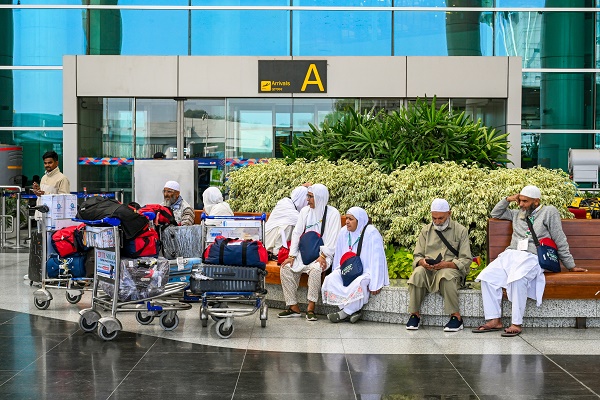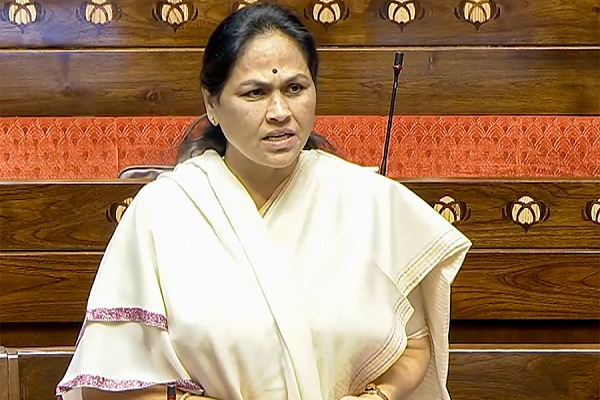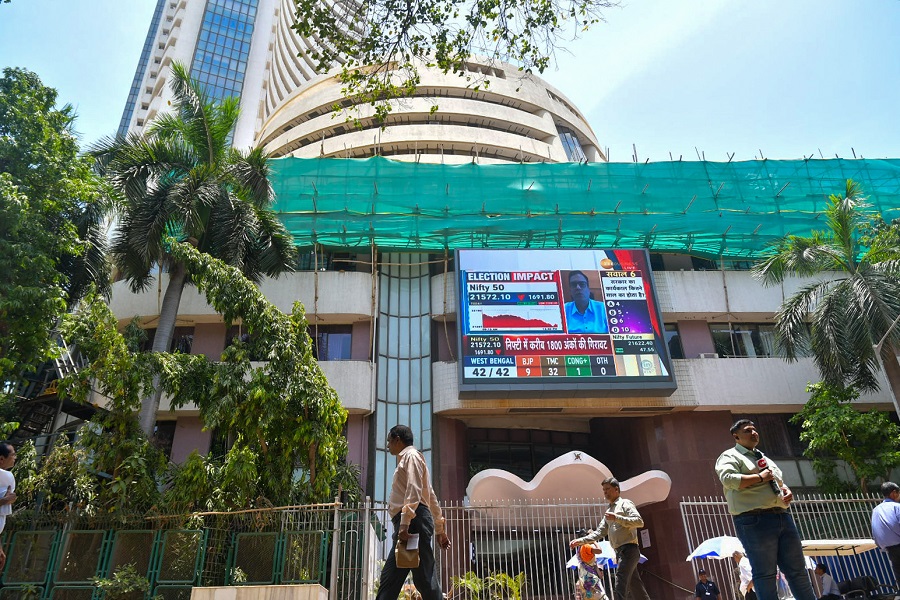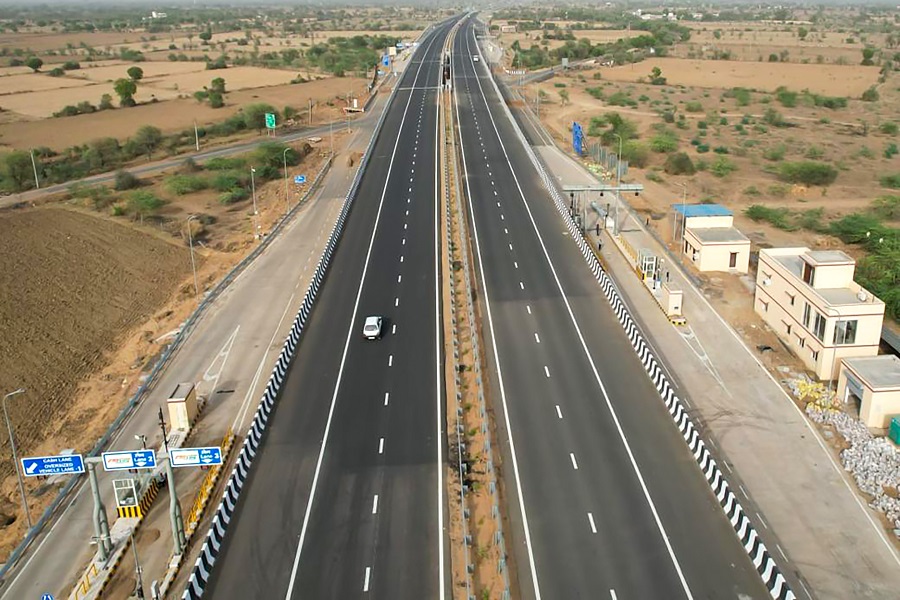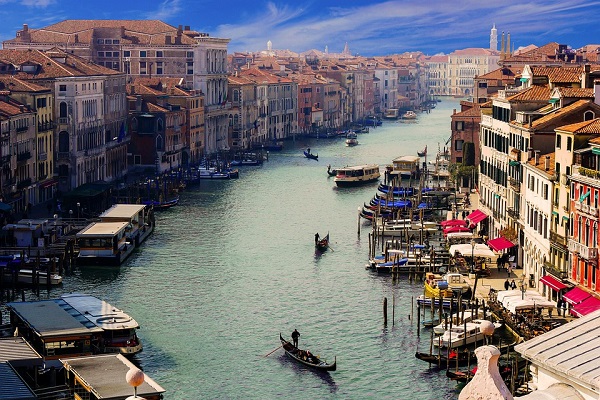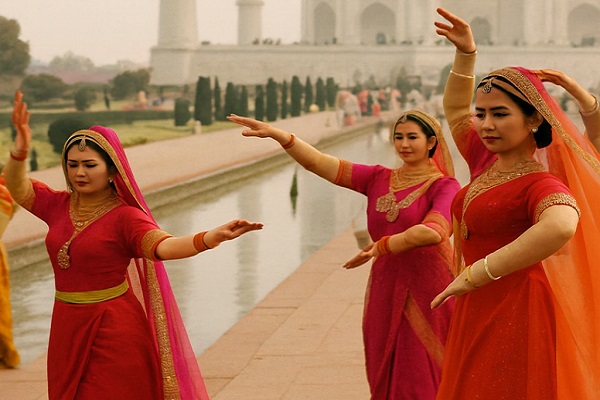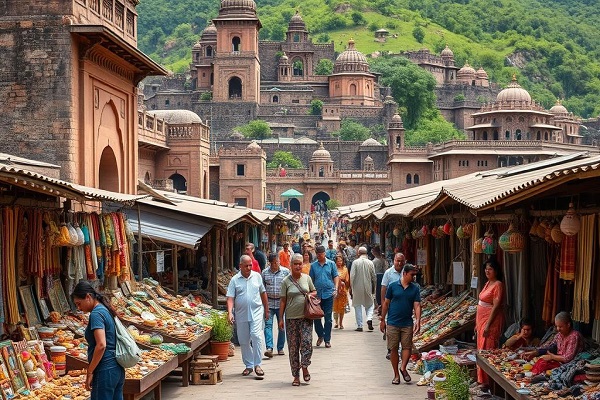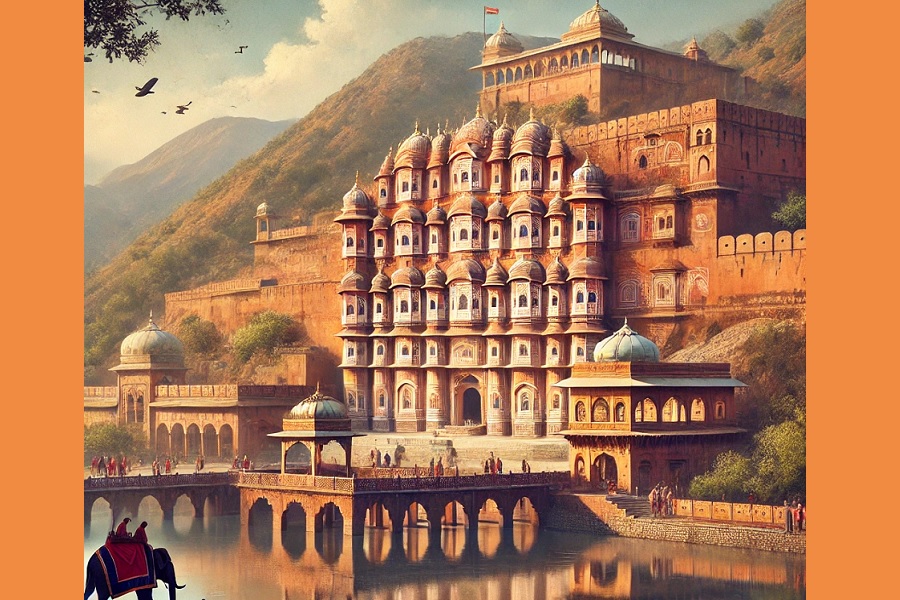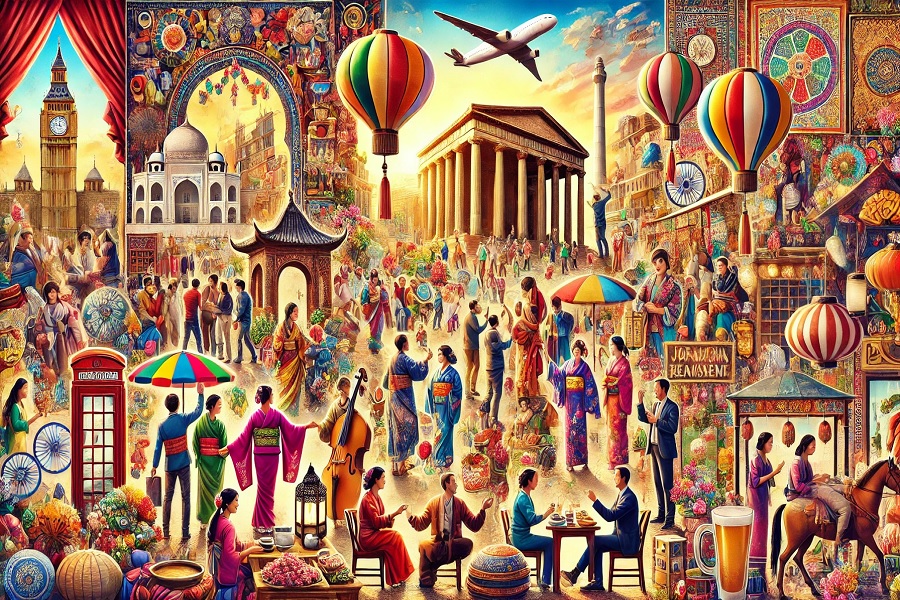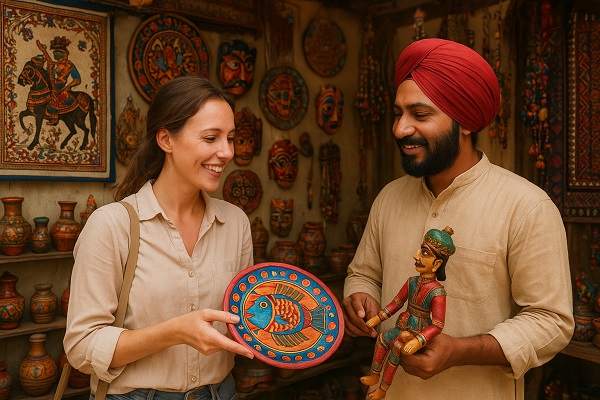Cultural Tourism Is Booming in 2025: Travelers Seek Deeper Connections with Heritage, Art, and Tradition
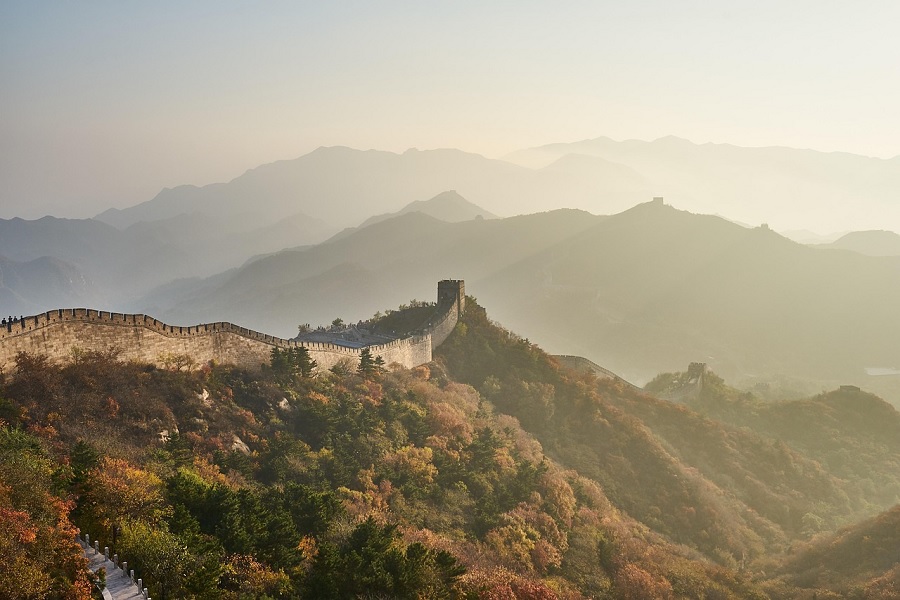
In 2025, cultural tourism has firmly positioned itself at the heart of global travel trends. With more travelers craving authentic and meaningful experiences, culture-rich destinations are witnessing a powerful resurgence. From ancient temples and folk dances to traditional cuisine and community crafts, cultural tourism is no longer a niche—it’s a movement that’s transforming how we explore the world.
A Shift from Sightseeing to Storytelling
Modern travelers—especially millennials and Gen Z—are increasingly steering away from traditional “tick-the-list” sightseeing. Instead, they seek emotional connections, personal growth, and real stories. This has led to a rise in demand for experiences like:
Participating in local festivals
Joining heritage walks through ancient cities
Learning traditional cooking techniques
Attending tribal or classical music and dance performances
Staying with local families in village homestays
In essence, cultural tourism is now about living a culture rather than just observing it.
India’s Cultural Revival on the Global Map
India, with its millennia-old civilization, is seeing a massive boom in cultural tourism in 2025. Initiatives like the "Incredible India 2.0" campaign and state-level projects such as Uttar Pradesh’s Ramayana Circuit, Kerala’s Responsible Tourism Mission, and Rajasthan’s Heritage Village Tours have revitalized interest in heritage-based travel.
UNESCO World Heritage Sites like Hampi, Khajuraho, and Jaipur continue to attract tourists, but equally popular now are immersive experiences in places like:
Raghurajpur (Odisha) – A heritage crafts village
Majuli Island (Assam) – The world’s largest river island and a center of Vaishnavite culture
Kutch (Gujarat) – Famous for Rann Utsav, textiles, and tribal art
Technology Meets Tradition
Technology is playing a pivotal role in boosting cultural tourism:
Augmented Reality (AR) heritage tours in museums
Virtual reality previews of cultural performances
QR codes at monuments sharing multilingual stories
Interactive apps mapping food, folklore, and festivals
Governments and tourism startups are using digital storytelling to make history and heritage more accessible and engaging for younger audiences.
Cultural Tourism as a Force for Sustainability
Unlike mass tourism, cultural tourism often focuses on smaller communities, creating direct employment for artisans, performers, guides, and hospitality workers. It encourages preservation of art forms, architecture, and ecological balance.
Examples include:
Textile tours in Bhuj supporting weavers
Warli painting workshops in Maharashtra
Music and dance revival programs in Tamil Nadu and Manipur
This responsible approach ensures that tourism benefits local people, rather than overwhelming them.
Challenges and the Road Ahead
While the future looks bright, cultural tourism faces several challenges:
Over-commercialization of cultural experiences
Loss of authenticity due to tourist demand
Inadequate infrastructure in rural cultural sites
Cultural sensitivity and respect from visitors
Governments and tourism bodies are working on policy frameworks that balance tourism growth with the preservation of heritage.
A Personal Journey Through Culture
To truly understand the power of cultural tourism, consider the story of Luca, a traveler from Italy who spent a month in Varanasi. He began his days watching sunrise aartis on the Ganga, took tabla lessons from a local musician, lived in a 100-year-old haveli, and even participated in the Ganga Mahotsav festival. What started as a vacation became a transformation—an emotional connection to a place, people, and philosophy.
Conclusion: Culture Is the Future of Travel
In 2025, cultural tourism is not just surviving—it’s thriving. It offers travelers a passport to the soul of a destination. Beyond monuments and museums, it’s about people, traditions, food, music, art, rituals, and above all, stories.
As we move forward, cultural tourism will continue to define how we experience the world—not as tourists, but as participants in a shared human heritage.

